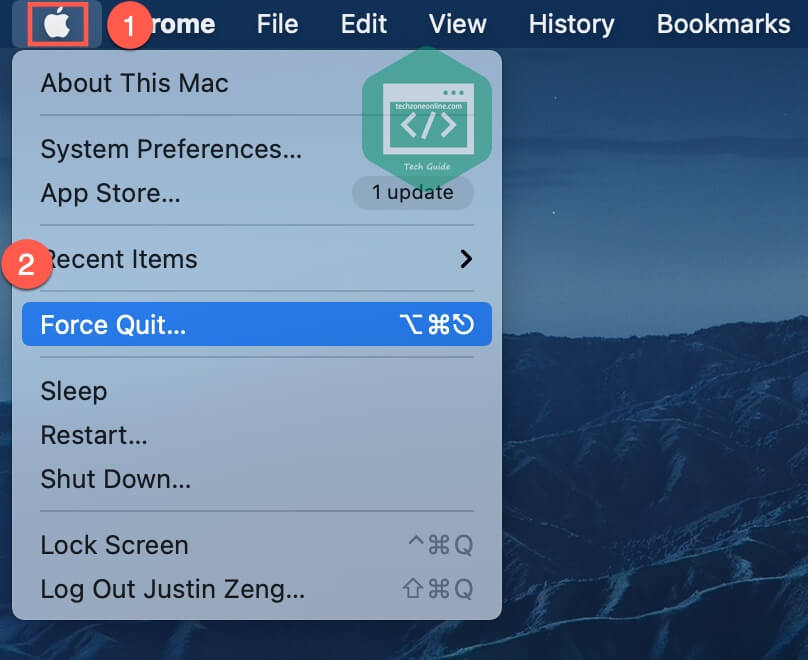

- FORCE QUIT PHPSTORM UBUNTU FOR FREE
- FORCE QUIT PHPSTORM UBUNTU HOW TO
- FORCE QUIT PHPSTORM UBUNTU UPDATE
- FORCE QUIT PHPSTORM UBUNTU FULL
- FORCE QUIT PHPSTORM UBUNTU DOWNLOAD
FORCE QUIT PHPSTORM UBUNTU FOR FREE
Then, select Evaluate for free if you are a new user and click the Evaluate button. (The PhpStorm snap package pre-select a light theme, so you won’t see this option.)Ĭreate a desktop entry so next time you can click on an icon to start PhpStorm. Next, you can choose whether you want to send usage data or not.Īfter that, select a dark or light theme.

If you are new to PhpStorm, select the second option and hit the OK button. The first time you run PhpStorm, you need to select a few options. Now run the shell script to start PhpStorm: /opt/Phpstorm-*/bin/phpstorm.sh Setting up PhpStorm tar.gz file to /opt/ directory, which is used to store third-party applications on Unix/Linux systems.

You need to change the version number if a new version comes out. The latest version is at the time of this writing. If you prefer command line, you can always use the following wget command to download.
FORCE QUIT PHPSTORM UBUNTU DOWNLOAD
Go the official website and download the tar archive. JRE (Java runtime environment) 1.8 is bundled with the PhpStorm distribution, so you don’t have to install Java to run PhpStorm. phpstorm Install PhpStorm on Ubuntu 22.04, 20.04 Using the Traditional Package Once the installation is complete, you can start PhpStorm from the application menu, or by running the following command in terminal.
FORCE QUIT PHPSTORM UBUNTU UPDATE
Snap packages update automatically, so your PhpStorm installation will always be up-to-date. This snap package is from JetBrains, not from a third-party, as indicated by the green check.
FORCE QUIT PHPSTORM UBUNTU FULL
This basically means the PhpStorm snap has full access to the system, like a traditionally packaged application. Note that the -classic option puts the snap package in classic mode and disable security confinement. To install the latest stable version of PhpStorm, open up a terminal window and run the following command: sudo snap install phpstorm -classic The easiest way to install PhpStorm on Linux is using the Snap package. Install PhpStorm on Ubuntu 22.04, 20.04 via Snap Package It’s a commercial (with 30-day free trial), cross-platform IDE developed by JetBrains and written in Java programming language. PhpStorm is a PHP IDE (Integrated Development Environment) for working with Symfony, Drupal, WordPress, Zend Framework, Laravel, Magento, Joomla!, CakePHP, Yii. If you find yourself to have accidentally pressed your force quit keys, then just right click and it’ll close out of the force quit mode.This tutorial is going to show you 2 ways to install PhpStorm on Ubuntu 22.04 and Ubuntu 20.04. Whatever window you click on will be forced to close, killing all of it’s processes. Now Disabled will be changed to whatever keys you pressed.Ĭlose out of the Keyboard Shortcuts window and you’re done! When ever you press your key combination, your cursor will change to crosshairs, or a skull and bones, or at least something different than just the arrow. I used the Super (Windows logo) key and Escape, but you can use whatever you want, just as long as it doesn’t conflict any of your other shortcuts. Click on Disabled once, and press a combination of keys on your keyboard. Scroll down to Custom Shortcuts in the Keyboard Shortcuts window and you’ll see Force Quit on the left side and Disabled on the right side. Second, click “Add” and a window should come up with 2 text boxes, labeled “Name” and “Command.” In Name, type “ Force Quit” and in the Command box, type “ xkill” and press Apply.

When you’re using Linux with the GNOME UI, don’t you hate it when you have to go into the terminal or add the force quit button to the panel just so you can exit an unresponsive program? In this very quick tutorial, I’m going to show you how you can assign the force quit command to a key, so when a program stops working, you can close it with the press of a button and a click of the mouse.įirst, open up your GNOME menu and go to System > Preferences> Keyboard Shortcuts.


 0 kommentar(er)
0 kommentar(er)
